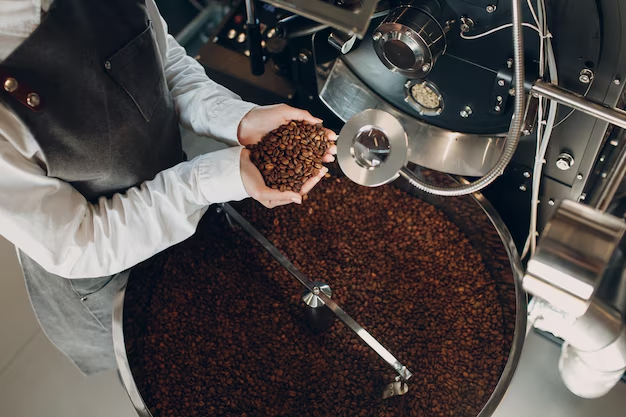
We all know that coffee fuels our mornings and can provide a much-needed energy boost. But did you know that Kona coffee, beyond its delicious taste and luxurious aroma, might also offer some surprising health benefits? Let’s delve deeper and explore what makes this Hawaiian treasure so good for you.
Antioxidant Powerhouse
Kona coffee is brimming with antioxidants, those powerful warriors that fight free radicals in your body. These antioxidants can help protect your cells from damage and may even reduce the risk of chronic diseases like heart disease and cancer.
Boosting Brainpower
Kona coffee isn’t just about kicking your energy levels up a notch. The caffeine in Kona coffee, along with other beneficial compounds, can enhance cognitive function, improve alertness, and even sharpen your memory. So, that next cup of Kona coffee might just help you ace that presentation or tackle your to-do list with newfound focus.
Mood Magic
Kona coffee might be your secret weapon against a bad mood. Studies suggest that coffee consumption can increase the production of dopamine and serotonin, neurotransmitters that play a key role in regulating mood and promoting feelings of happiness and well-being.
Athletic Advantage
Kona coffee’s caffeine content can be a boon for athletes. Caffeine has been shown to improve exercise performance by enhancing endurance, reducing fatigue, and even increasing muscle strength. So, a pre-workout cup of Kona coffee could give you that extra edge you need to reach your fitness goals.
Weight Management
While not a magic bullet, Kona coffee might play a supportive role in weight management. Studies suggest that caffeine can boost metabolism and increase fat burning, potentially aiding weight loss efforts.
A Word on Moderation
It’s important to remember that moderation is key when it comes to coffee consumption. While Kona coffee offers potential health benefits, exceeding recommended daily caffeine intake can have negative side effects.
Freshness Matters
The health benefits of Kona coffee are maximized when the beans are fresh. At KonaCoffee.com, we source our beans directly from Hawaiian farms, ensuring you receive the freshest possible coffee packed with all its goodness.
Beyond the Benefits
The Kona Coffee Experience Kona coffee is more than just a health drink; it’s an experience. The smooth, rich taste, the enticing aroma, and the connection to the beautiful Hawaiian landscape all contribute to a truly holistic coffee ritual.
Unleash Your Inner Wellness Warrior Ready to explore the potential health benefits of Kona coffee for yourself? Browse our selection of 100% authentic Kona coffee beans, roasted to perfection, at KonaCoffee.com. Discover the perfect cup that not only tantalizes your taste buds but also supports your overall well-being. Mahalo (thank you) for choosing KonaCoffee.com!





























